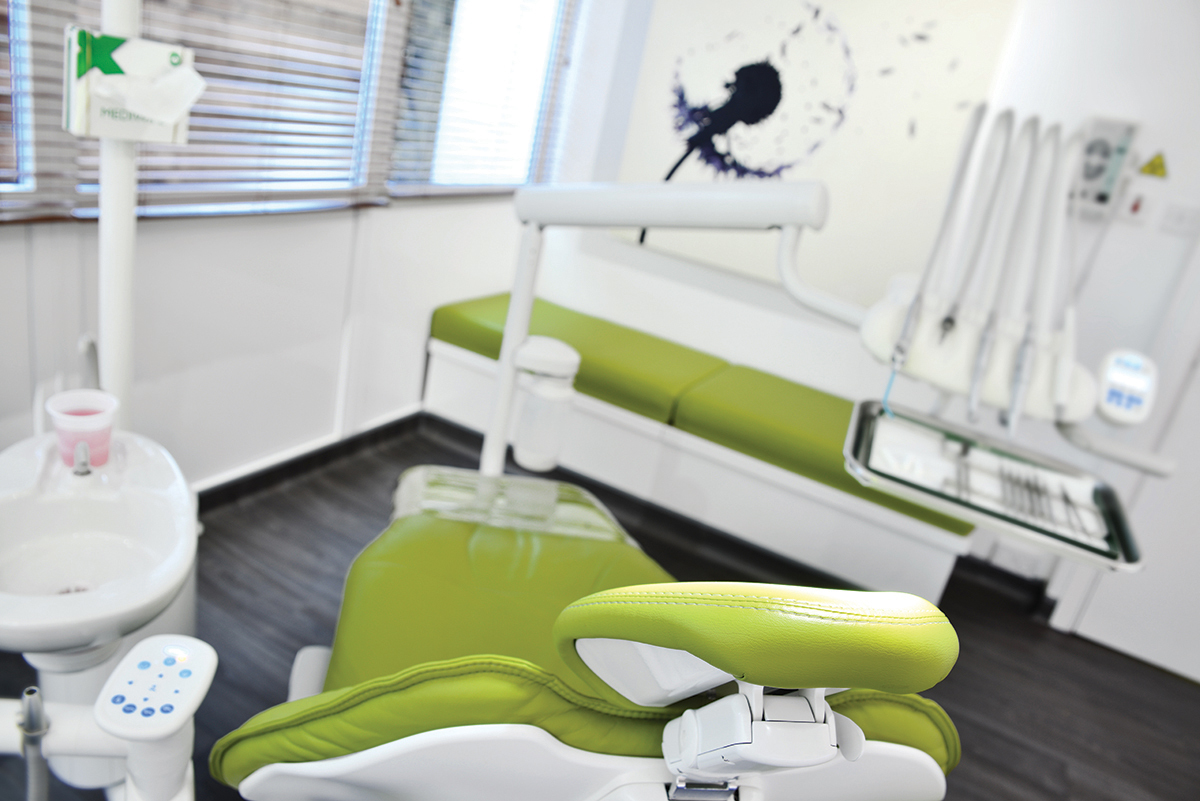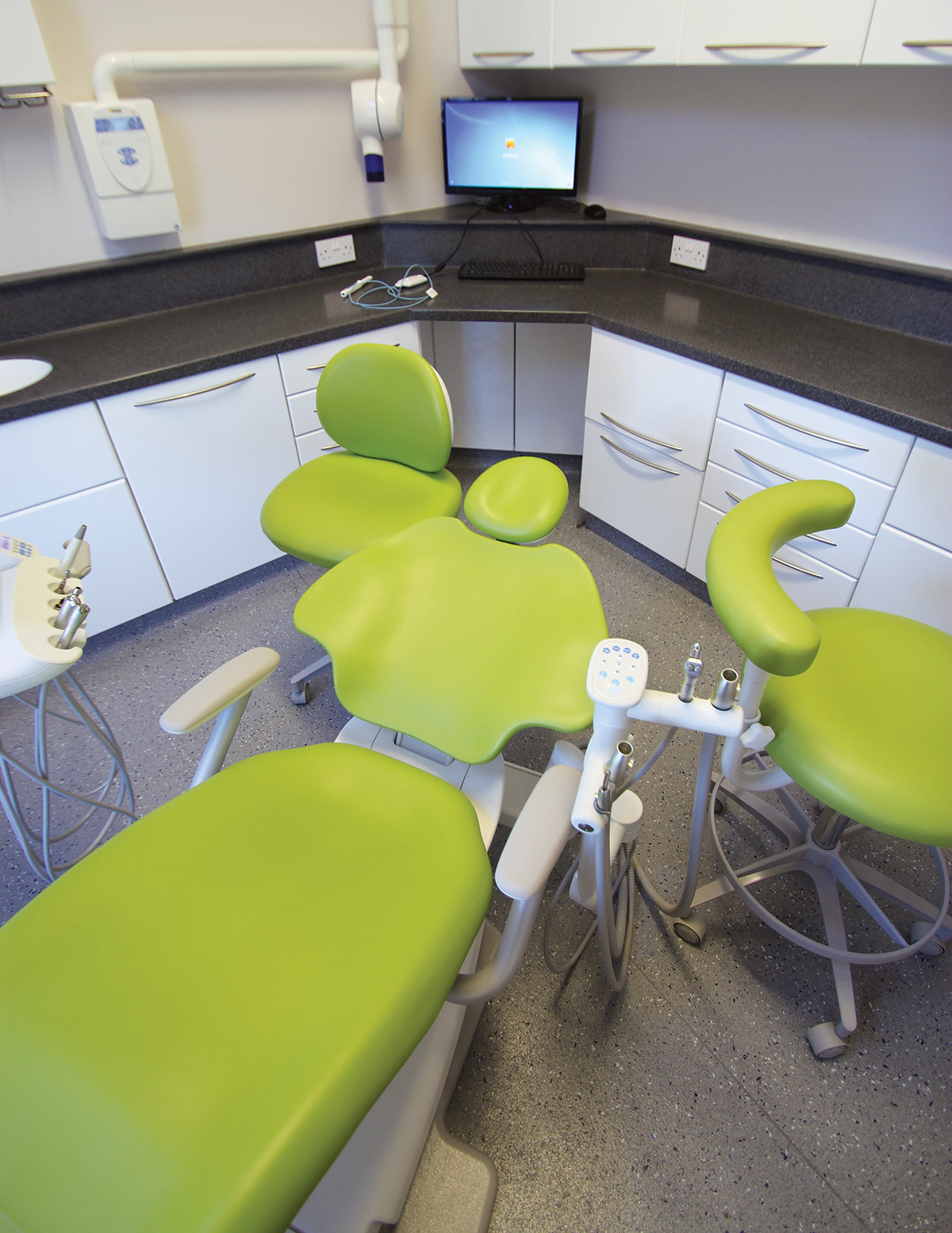 Before you start redesigning your surgery, A-dec gives you 10 top tips to follow to help you plan for success.
Before you start redesigning your surgery, A-dec gives you 10 top tips to follow to help you plan for success.
At the beginning of any surgery design project, whether you’re starting from scratch with an empty shell or looking to upgrade an existing surgery, it’s important to be clear on your objectives right from the start.
If you’re upgrading, do you want to use this as an opportunity to improve the layout? Or if you have an empty shell do you want to create an efficient, ergonomic room to fulfil your needs? Are you starting to suffer from back pain because of a poorly designed room? You need to think carefully about what you want to achieve. The better you understand your objectives, the better your plan will be executed.
1. Look for inspiration
Take a look at Pinterest for some ideas on everything from room layouts to decór. There’s a wealth of information on there and across the internet that can really help when designing a new room. It also helps to clarify what doesn’t work for you so that you can rule those ideas out straight away. Find your inspiration at pinterest.co.uk/adecdental.
2. Research
Research is key. Before making any decisions on equipment, you need to know what’s out there.
There are many different dental equipment manufacturers offering similar products – look at company websites and make an appointment to visit the manufacturers’ showroom facilities to test drive the different options available. You might find that what you thought you wanted doesn’t suit your needs.
At an A-dec showroom you can arrange for your team members to try out the equipment with you. This will give you a chance to see if the equipment will work for everyone. Ensure you take the time to look at cabinetry too. The cabinetry layout could be enhanced to reduce clutter, improve the working environment and increase productivity.
3. Visit dental shows
At dental shows you can see a range of equipment from different manufacturers. They will often give you an idea of the different layouts available with suggestions on the best ergonomic working practices.
Always be wary of manufacturers trying to sell you equipment on show day unless you’ve already done your research. What might look like a good deal could end up being a costly mistake later down the line.

4. Talk to the experts
When you buy any high value product you talk to the people who have a wealth of experience in that field; buying dental equipment is no different. You need to choose a reputable company with lots of experience that come highly recommended. They should be able to offer a full surgery design service, whilst providing all of the dental equipment you need.
Be sure that the people you choose to work with on the project will be there for you long after the project is complete to assist you with your servicing and maintenance needs. Ask them for a list of customers who you can contact directly to give candid feedback.
Choose to use a reputable turnkey company and everything will be taken care of for you. They will do everything from designing the best surgery layout, supplying quality equipment and cabinetry, creating service plans, and organising experienced trade people.
5. Feedback
Viewing other practices is very helpful when designing a treatment room. Take a look at their layouts and equipment to see if something similar would work for you.
Ask your colleagues what they think – their opinions will be very beneficial. Consider what you and your team all expect from this room.
6. Ask what’s important
Make a wish list together with your team of what you think you need and run this by the equipment supply company. They might remind you of something you’ve missed or question whether something else is necessary.
Also think about what you are sitting on. You need to select a stool that will suit your needs and minimise back issues in your long career.
7. Ask yourself how you currently work
Think about how you currently work and whether that could be improved upon. Is what you’re doing efficient and ergonomic? Has the room design previously stopped you from working how you wanted to?
Research all options, not just what you currently use, and try different design ideas. Get multiple designs drawn up if you want to change what’s currently there, making sure it will work in the space you have.
Can your materials management system be improved? Using a colour-coded tub and tray system to organise by procedure, treatment room or team member could be a more efficient way of working for the whole team.
8. Future proofing
Using up-to-date technology not only improves the overall proficiency of your practice, but also makes your patients feel that they will receive the best care from you. Technology is ever changing so you should question whether the new design and equipment will last 10 years or whether it will have to be updated again in another five years.
Legislation and best practice guidelines also change and you need to be sure that you can conform to this with little expense further down the line. Your chosen equipment supplier will be able to advise you on the current legislation and help you include this within your design.
9. The patient journey
Of course, the surgery needs to work for you and your team but also be sure to think about your new design from your patients’ perspective. Ask yourself about the patient journey from when they arrive at the practice until they leave. Where do they go? Is it obvious what they have to do? Have you provided them with easy patient access in the treatment room itself?
Be clear about what treatments you plan to offer. Long treatments will require a comfortable chair for your patients to sit in.

10. Planning
When you decide on what equipment you need for your project you should ensure that you order it well in advance of it being installed. You want to make sure there are no problems or surprises on the installation date.
To minimise practice downtime your equipment supplier can help with this, but if you decide to manage the project yourself make sure you are clear on timescales.
For more information visit www.a-dec.co.uk.


